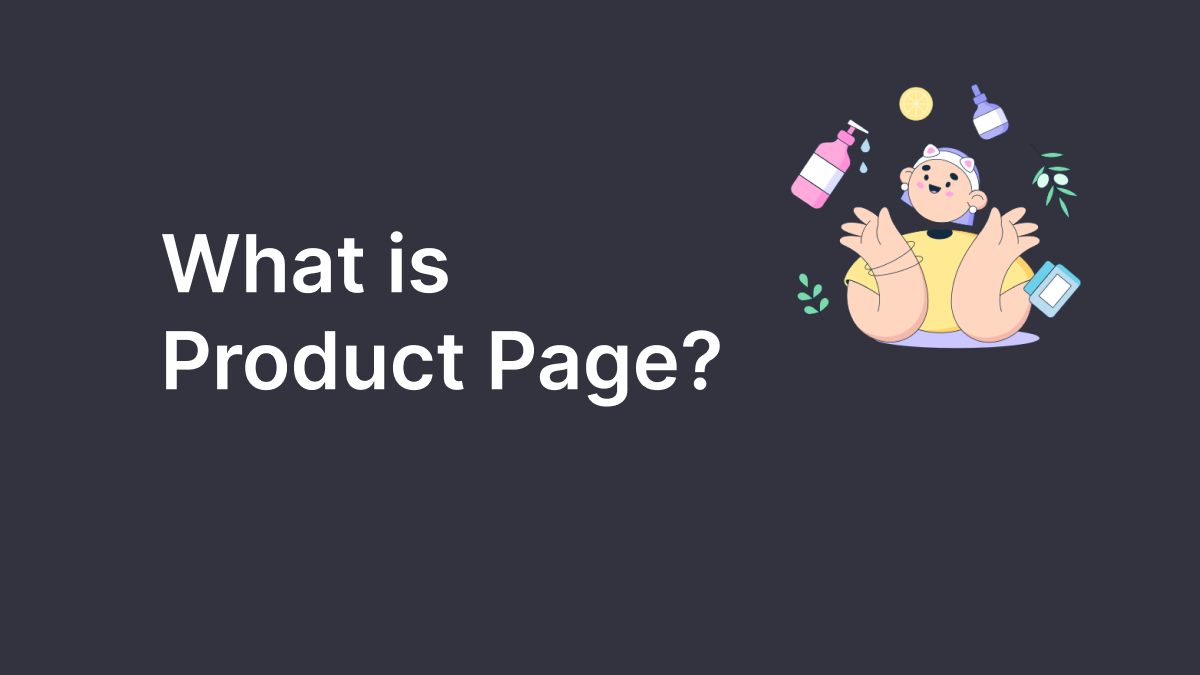Introduction: The Power of Custom Product Pages #

In today’s competitive e-commerce landscape, standing out from the crowd is more important than ever. One effective way to differentiate your brand and drive more sales is by creating custom product pages with unique designs. These customized pages not only showcase your products in a more engaging way, but they also serve as powerful landing pages that can attract potential customers and convert them into buyers. In this blog post, we’ll explore how to build custom pages, add more content, and ultimately use these pages to drive more sales.
The Benefits of Custom Pages #
Before diving into the process of creating custom pages, let’s first discuss the benefits they can bring to your e-commerce business:
- Increased conversions: Custom product pages with unique designs can increase conversion rates by making your products more appealing and easier to understand for potential customers.
- Enhanced customer experience: By adding more content and improving the overall design of your pages, you can create a more immersive and engaging shopping experience for your customers.
- Improved SEO: Custom pages with rich, unique content can improve your search engine rankings and drive more organic traffic to your online store.
- Stronger brand identity: By designing product pages that align with your brand’s aesthetic and values, you can strengthen your brand identity and create a more cohesive shopping experience for your customers.
Key Elements to Consider #
When building custom pages, it’s essential to consider the following key elements (this all can be created via iBuilder):
- High-quality images: Invest in professional photography to ensure your product images are high-resolution, well-lit, and showcase your products from various angles.
- Engaging copy: Write compelling product descriptions that highlight the features and benefits of your products, while also addressing any potential objections or questions your customers may have.
- Clear calls-to-action: Make sure your calls-to-action (CTAs), such as “Add to Cart” or “Buy Now,” are prominent and easy to find on the page.
- Easy navigation: Ensure your product pages are easy to navigate, with clearly labeled sections and intuitive design.
- Social proof: Incorporate customer reviews, ratings, and testimonials to build trust and credibility with potential buyers.
Inspire: 16 Beautiful Product Page Designs (2023)
Adding More Content #
To make your product pages even more effective, consider adding the following types of content:
- Product videos: Create short videos that demonstrate how your products work, their unique features, and how they can benefit your customers.
- Frequently Asked Questions (FAQs): Address common questions and concerns that customers may have about your products by providing an FAQ section on your pages.
- Blog posts and articles: Link to relevant blog posts and articles that provide additional information, tips, or insights related to your products.
- Product comparisons: Help customers make informed decisions by providing comparison charts or guides that highlight the differences between your products and competing options.
- Cross-selling and upselling: Display related products or complementary accessories to encourage customers to explore more of your product offerings and increase average order value.
Assigning Custom Product Pages to Your Live Store #
Once you’ve created your custom product pages, you can choose to assign them to specific products or apply them to all product pages on your live store. This flexibility allows you to test different designs and layouts to find the most effective approach for your specific products and target audience.
Don’t postpone. Start building Shopify Product Pages in iBuilder. It’s Free!
In conclusion, building custom pages with unique designs is a powerful way to showcase your products, provide a better shopping experience, and ultimately drive more sales. By considering the key elements of custom product pages, adding rich content, and strategically assigning these pages to your live store